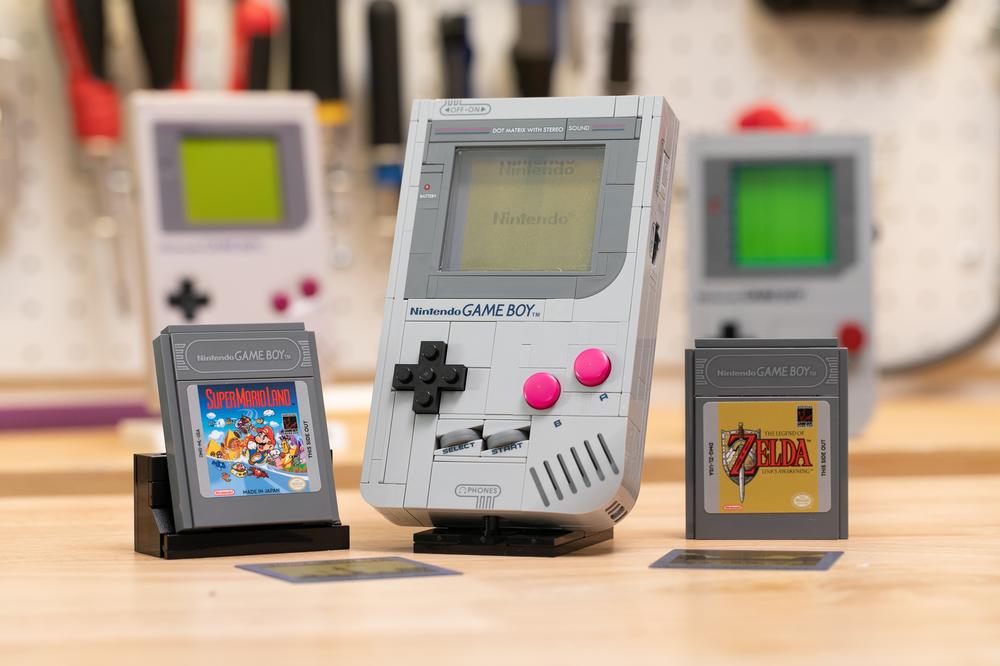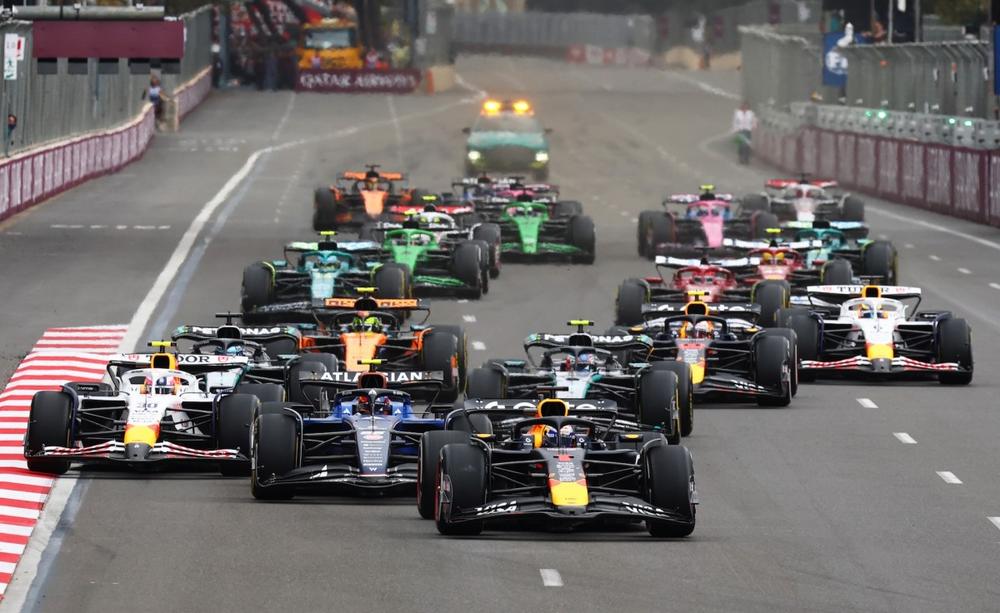Is there a word that describes the feeling of “I want something to be just a bit better because it’s already so good it only needs one last kick in the pants”?
Because that’s how I feel about the $60 Lego Nintendo Game Boy. It’s better than the fan-made Lego Game Boy that I asked Nintendo to make. It’s even better than I hoped when Lego officially revealed the set. This isn’t just a statue that looks like my original 1989 Game Boy; it’s a joy to build and feels fantastic in the hands. You can press every button, spin every dial, roll the D-pad, and throw a satisfyingly snappy power switch.
Though it doesn’t light up one bit, its lenticular moving images were enough to momentarily surprise friends and family into asking: “Does it actually play games?” The set even has a few hidden Easter eggs.
And yet, I can’t help wanting more.
Let’s do something different for this review: Let’s make it a show and tell. If you’re a video person, start by tapping on my Instagram embed above, or TikTok, or YouTube, or Facebook, or perhaps my Bluesky. If you prefer photos and words, scroll down and I’ll tell you all about it!
Here it is, the photograph I’ve wanted to stage for months: the Lego Nintendo Game Boy next to the pristine 1989 original you might have seen in many a Verge photo before. It was my wife’s childhood Game Boy, though I had one just like it — and Lego designer Carl Merriam absolutely nails the size, shape, and look. It does overcompensate slightly with the Off-On switch and headphone jack labels that are gray instead of molded, three of the four corners of the gray screen bezel are square instead of slightly rounded, and the A and B buttons seem almost pink rather than purple.
It’s also clearly made of a mosaic of Lego tiles rather than a single smooth surface, but that’s part of the charm: it’s a wonder to realize the Game Boy can be re-created 1:1 out of Lego bricks!
Here, I have both displaying the exact same cutscene from The Legend of Zelda: Link’s Awakening. If you’ve never played the original, you may not realize just how specific a moment this is — a bittersweet, heartstring-tugging scene you can only watch once per playthrough, so I had to save my game before a certain quest to get this photo.
The Lego Game Boy comes with three of these little lenticular panels to make it look like the screen’s turned on and give it a sense of motion. If you tilt the handheld up and down, you can watch Mario jump, see the Nintendo logo fall, or watch the waves and seagulls fly above the Link’s Awakening beach.
But the one thing I don’t understand is printing on a gray background rather than a green one, so the Lego Game Boy’s screen doesn’t look green like the original’s. It feels like a bizarre miss to me.
A closer look at gray versus green:
It’s not the only nit I could pick with the Lego Game Boy’s screen, which is recessed quite a bit more than the original, which in turn makes it even harder to light up than the original (and, like the original, you need an external light source to do that since it didn’t have a light of its own!).
But I don’t blame Lego for that — it’s because Lego’s using a regular Lego window frame and windowpane for the screen instead of creating new custom parts, which make it feel more authentically Lego. I just wish Lego would start protecting its big windowpanes better so they don’t come scratched right out of the box.
Comparing the Lego Game Boy to the original from every angle, you can see lots of places where there are slight gaps between the tiles, sure. But you can also see that almost every complex curve and label is represented, and while it weighs a few ounces less than the original, it’s almost the exact same size.
You shouldn’t take that for granted, because it’s not easy even for skilled Lego creators to build a dense real-life object to scale with moving parts. As an example, see how much thicker and blockier Lego Masters Australia finalist Nick Lever’s creation is below?
But as the Lego Group showed and told me in 2023, the thing that truly separates a great official Lego set from a fan creation is the incredible amount of thought that goes into making the set playable and fun to build, not just fun once you’re through.
You can get a better sense in my video, but after a certain point the whole set is built out of modular parts. You create a set of springy face buttons that slide into place, a D-pad that drops in, a screen that needs attaching. It contributes to the illusion you’re building electronics instead of just piling bricks together. And there are details you’ll only appreciate if you’ve seen inside — like how the springy Start and Select buttons are actually Lego car tires.
Or how the springy “membrane” under the D-pad and A and B buttons are colored similarly to their real-life counterparts, even though you’ll never see them once it’s closed:
Or how there’s a brick-built “speaker” underneath the Lego speaker grille, complete with yellow “wires,” at the lower right-corner of the build:
Or how Lego’s Link’s Awakening cartridge even features a “battery backup” for its save games, like the original, while the Mario cartridge appropriately does not.
It all takes such passion and attention to detail that I have to wonder: why stop short of doing everything you can when you’ve already come this far?
Here’s the back of the Lego Game Boy, and the real Game Boy, showing off one final Easter egg: the “serial number” that’s actually the date the original Game Boy first came out on April 21st, 1989. That part’s great. But it also contains two completely blank spots where the original Game Boy had an info panel with model numbers and regulatory markings, and the US version had a service sticker.
At $60 — I got mine early for $50 at Costco — I can understand why the Lego Nintendo Game Boy doesn’t have light or sound or actually play games just yet. (Fans will make it do all those things before long.) But the top panel is already a printed piece, and the set already comes with a small sticker sheet.
Just like my real copy of Link’s Awakening fixes bugs that Nintendo originally accidentally shipped, might I suggest Lego ship future copies of the Game Boy with greener screens and a few more lines of text?
Photography by Sean Hollister / The Verge

 Hance will demo its kilobyte-size AI audio processing software at TechCrunch Disrupt 2025
Hance will demo its kilobyte-size AI audio processing software at TechCrunch Disrupt 2025